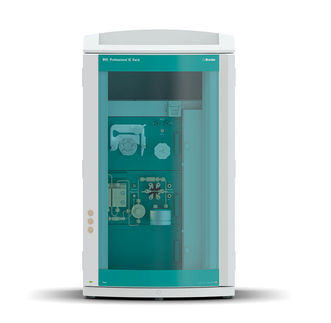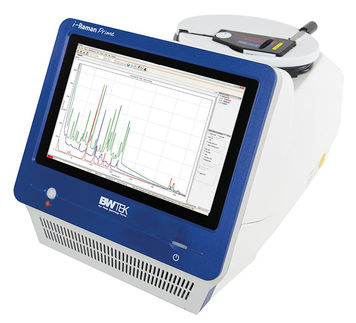To use all functions of this page, please activate cookies in your browser.
my.chemeurope.com
With an accout for my.chemeurope.com you can always see everything at a glance – and you can configure your own website and individual newsletter.
- My watch list
- My saved searches
- My saved topics
- My newsletter
Carcinoembryonic antigen
Carcinoembryonic antigen (CEA) is a glycoprotein involved in cell adhesion. It is normally produced during fetal development, but the production of CEA stops before birth. Therefore, it is not usually present in the blood of healthy adults, although levels are raised in heavy smokers. CEA was first identified in 1965 by Phil Gold and Samuel O. Freedman in human colon cancer tissue extracts.[1] It was found that serum from individuals with colorectal, gastric, pancreatic, lung and breast carcinomas had higher levels of CEA than healthy individuals. Product highlightCEA measurement is mainly used as a tumor marker to identify recurrences after surgical resection. Elevated CEA levels should return to normal after surgical resection, as elevation of CEA during follow up is an indicator of recurrence of tumour. CEA levels may also be raised in some non-neoplastic conditions like ulcerative colitis, pancreatitis and cirrhosis. CEA and related genes make up the CEA family belonging to the immunoglobulin superfamily. In humans, the carcinoembryonic antigen family consists of 29 genes, 18 of which are normally expressed.[2] References
|
||||||||||||||||||||||||||||||||||||||||||||
| This article is licensed under the GNU Free Documentation License. It uses material from the Wikipedia article "Carcinoembryonic_antigen". A list of authors is available in Wikipedia. | ||||||||||||||||||||||||||||||||||||||||||||







